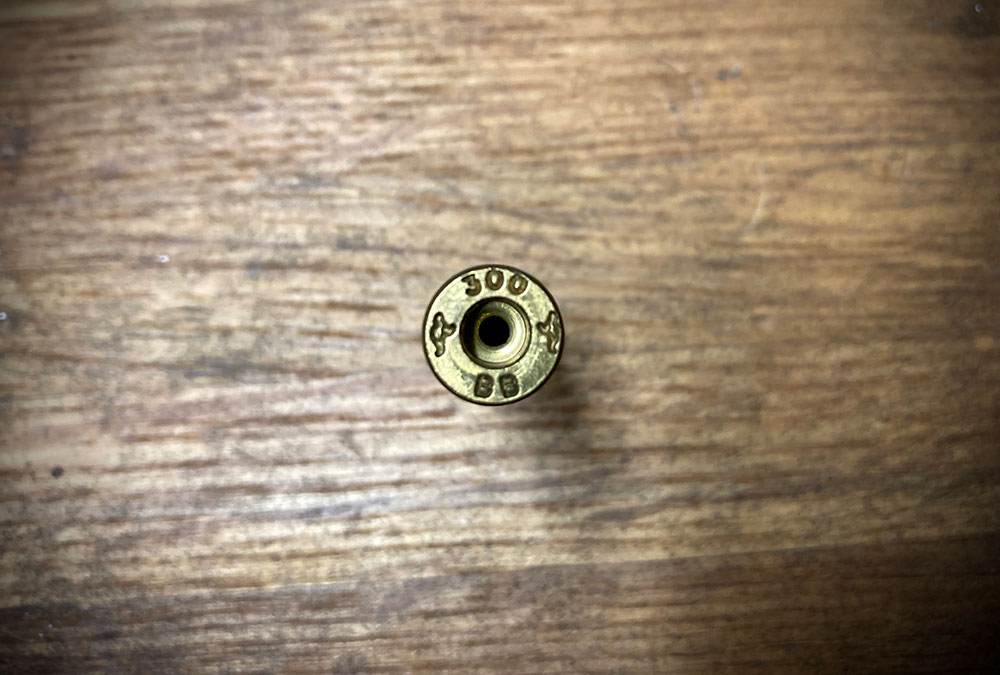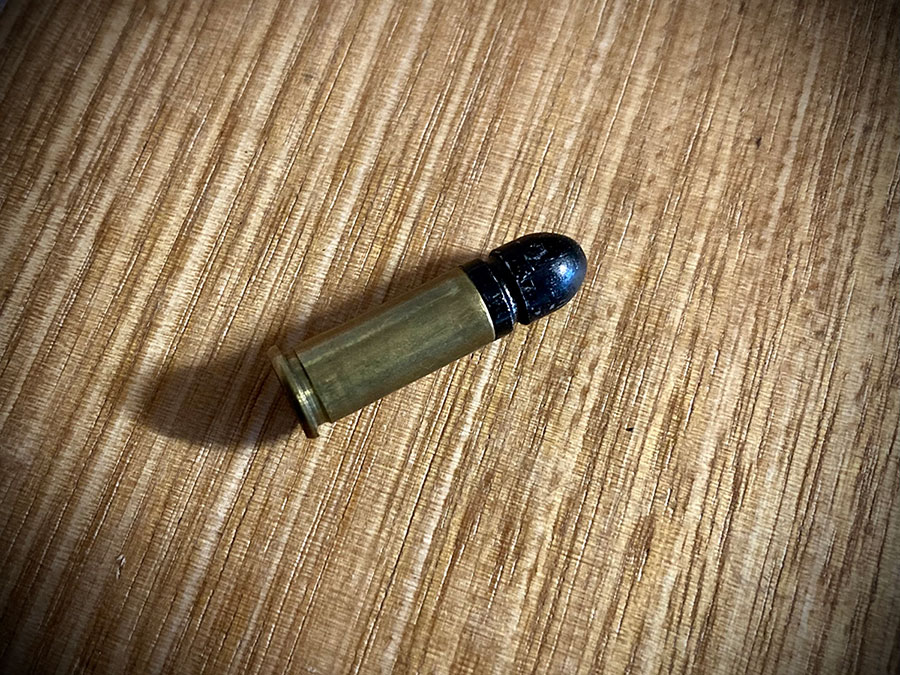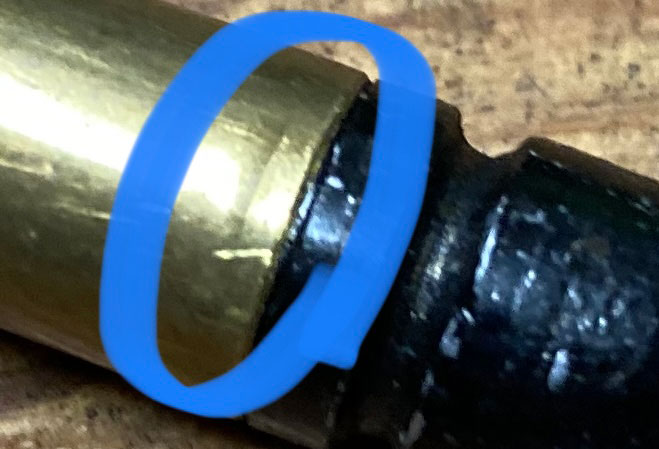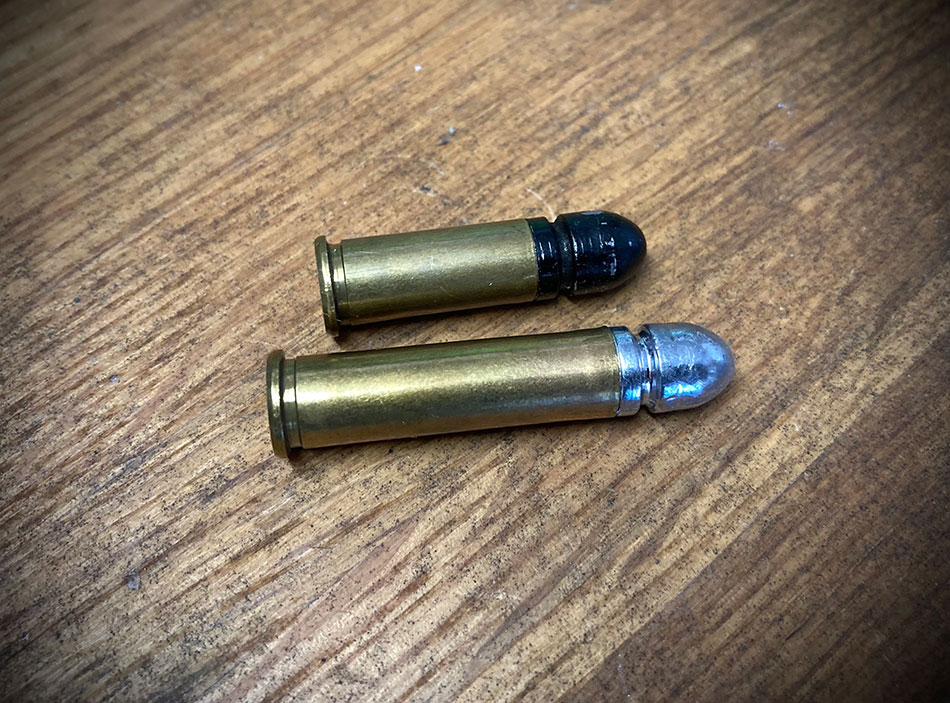The big brother of the world’s most popular cartridge; 22LR.
If you’ve found this page, you may already know how difficult it can be making a 32 Long Rifle (32LR) cartridge or even the centerfire version of it. There’s no easy way and it usually requires machining down the base of a slightly larger case such as 32 S&W Long. And that’s where the inhernet issue with cartridges like 32LR and 32 Long Colt lies. It’s that pesky base diameter. In this case; considerably smaller than modern 32 caliber cases meaning those newer cases simply won’t chamber in an old rifle unless they’re heavily modified.
So I spent time researching other old cartridges… enter Bertram Bullet Co’s 300 Rook brass. With a base diameter very close and just slightly smaller than the original 32LR cartridge, it made it a contender. The rim diameter is also very close; in fact just about perfect however the 300 Rook case is considerably longer than 32LR. About 20% longer actually. But that’s not a problem. In fact… it’s an exceptionally good thing!

For the handloader, trimming brass is as common as an old shoe in a cobbler’s store. And that’s why it’s a great thing that the 300 Rook is too long for 32 Long Rifle. As crazy as that sounds. In fact just to highlight how long 300 Rook is… it’s actually an almost identical case to both 32 Ballard Extra Long or 32 Wesson Extra Long. Those two being the same cartridge for all intents and purposes. Now with all that said, the main reason why excess length is a benefit is because of 32LR’s heeled bullets. But why?
Well it’s because case length is an exceptionally critical component of the overall cartridge length for heeled bullet loads as seating depth can’t be adjusted at all. In practice this means a cartridge’s overall length is completely determined by the case trim length. And for lever action rifles such as the Model 1891 Marlin; that’s incredibly important. While mine will chamber a ’32 Ballard Extra Long’ cartridge, it’s simply too long to lift & load from the magazine into the chamber. Actually it’s too long to even fit in the magazine to start with! So once you have your bullet, case length can continue to be played with until you have the perfect length cartridge.

The dummy cartridge above is what works in my Model 1891 Marlin. Another point of issue for tube-fed magazine rifles is the requirement for the cartridges to be crimped. And this is generally incredibly problematic for heeled bullets. That’s because the bullet is the same diameter as the outside case diameter so traditional taper or roll crimp dies usually won’t work because they’ll also impact the bullet. Lee Precision’s ‘Factory Crimp Dies’ are a great option to get around that as they use a slightly larger diameter collet to squeeze in and crimp the mouth of the case. Unfortunately they don’t make one for such an unusual cartridge like 32LR so I modified a 32-20/30 M1 Carbine crimp die on a lathe.

As you can see from the photo above, the results were exactly what I wanted. It’s put a firm crimp right at the case mouth on the heel of the bullet. I do need to experiment some more with the crimping pressure. Normally the above would probably be a little much but these are small, thin-walled cases with very little heel to hold onto. Modifying Lee Factory Crimp Dies is not generally common practice but there are many cartridges it can work for. I’ll cover that in a seperate post next time I modify one.

